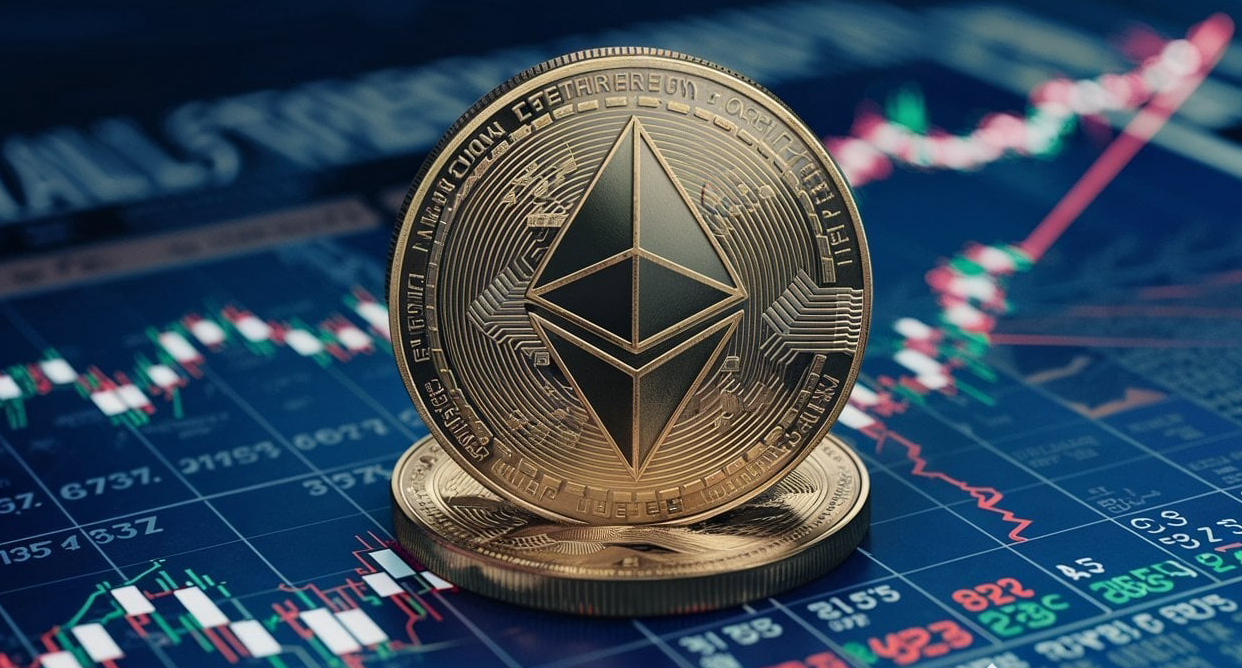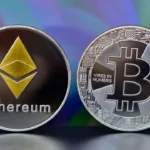Since it started in 2015, Ethereum has become one of the most important blockchain networks. Ethereum is still at the vanguard of decentralized technology, smart contracts, and Web3 advancements. It is constantly changing and adding new features. Investors, developers, businesses, and fans who want to know about the newest changes and future potential of the Ethereum platform should keep up with the news. This page discusses the most current changes, improvements to technology, growth of the ecosystem, regulatory issues, and market forces that are affecting Ethereum’s path.
Ethereum Founders and Vision
Vitalik Buterin invented Ethereum. A blockchain platform that did more than move money was his goal. It supported decentralized apps and programmable contracts. Ethereum introduced smart contracts. This distributed ledger-based self-executing software can automate agreements without the need for middlemen. Most people consider Bitcoin digital gold. This innovative idea created an ecosystem of DeFi, NFTs, and DAOs. Ethereum’s native Ether (ETH) became the second-largest digital asset by market value. It facilitates transactions and compensates network users. Vitalik Buterin, Gavin Wood, and Joseph Lubin, who founded Ethereum, helped realize its ambition.
Ethereum 2.0 Upgrade and Consensus Shift
One of the most important recent pieces of news about Ethereum is that the network is still moving to Ethereum 2.0, a major update that will make it more scalable, secure, and energy-efficient. Proof of Work (PoW) is the consensus process that the current Ethereum network uses. It requires miners to solve challenging problems. This method uses a lot of energy and slows down the number of transactions that may happen at once. Proof of Stake (PoS) replaces Proof of Work (PoW) in Ethereum 2.0. In PoS, validators stake ETH to protect the network and check transactions.

The Beacon Chain, which went live in December 2020, is the main part of this change. The long-awaited “merge” will bring together the current Ethereum mainnet and the Beacon Chain. This upgrade will save energy use by more than 99% and make it possible for shard chains to be added in the future. This version addresses Ethereum’s issues with high gas prices and congestion, which have been significant factors discouraging people from using it. Layer 2 solutions like Optimism and Arbitrum work with Ethereum 2.0 by taking some of the transaction burden off the main chain and cutting expenses.
Ethereum’s DeFi Dominance Explained
Ethereum is still the most popular platform for decentralized finance, which is changing the way traditional financial services work by getting rid of middlemen like banks and brokers. Smart contracts using Ethereum-based DeFi protocols let people lend, borrow, trade, and farm yield. Uniswap, Aave, and MakerDAO are among the biggest DeFi systems that have locked up billions of dollars in total value (TVL). The evidence indicates that Ethereum can handle complicated financial transactions in a safe and open way.
Recent news about Ethereum talks about improvements in interoperability and user experience, which are essential for DeFi to become popular with the general public. DeFi makes it easier for everyone to get financial services, especially in areas that traditional banks don’t serve well. However, the government is closely monitoring the sector to protect consumers and prevent illegal activity without hindering innovation.
Ethereum’s Impact on NFTs
Ethereum is the main network that powers NFT minting and trading. Non-fungible tokens have changed how people own things digitally. Ethereum lets artists, creators, and brands tokenize unique digital assets like art, music, and virtual commodities using standards like ERC-721 and ERC-1155. OpenSea and Rarible are two marketplaces that do well on Ethereum. They let people purchase and sell NFTs all around the world.
Celebrity endorsements and big NFT sales have gotten a lot of attention from the general public, making Ethereum technology a part of popular culture. NFT innovation is changing the rules on digital identity, ownership, and royalties. However, the Ethereum community continues to discuss issues related to scalability and concerns about environmental impact due to energy consumption.
Vitalik Buterin is still a key player in defining the future of Ethereum through his research and involvement with the community. Along with him, entrepreneurs like Joseph Lubin, who started ConsenSys, help construct the tools and infrastructure that are necessary for developers to use and businesses to integrate.

The active development community on Ethereum gets together for events like Devcon and ETHGlobal hackathons, which encourage teamwork and speed up new ideas. The ecosystem keeps attracting new businesses, established businesses, and universities, which strengthens Ethereum’s position as a key platform for Web3 apps.
Ethereum Price Dynamics and Market Influences
The price of Ether changes in line with bigger trends in the cryptocurrency markets, which are affected by network upgrades, macroeconomic variables, and what investors predict. The expected Ethereum 2.0 merging has caused prices to rise, but the market is still volatile because of changes in regulations and the state of the global economy.
Ether’s usefulness as “digital fuel” for running smart contracts is what keeps demand high, beyond just speculation. More and more institutions are interested, and companies like Grayscale and investment funds are adding Ethereum-based products to their portfolios.
Final thoughts
As Ethereum becomes more popular, governments throughout the world are paying more attention to it. Because blockchain transactions are pseudonymous, there are worries about following the rules, paying taxes, and doing illegal things. Two U.S. authorities, the SEC and CFTC, scrutinize the classification of digital assets. They are debating whether to classify ETH as a security or a commodity.
The European Union’s Markets in Crypto-Assets (MiCA) rule aims to make crypto rules the same in all member states. At the same time, Central Bank Digital Currencies (CBDCs) show that governments want to look into how blockchain can be used in controlled settings. China’s digital yuan pilot and ongoing study in the U.S. and EU are examples of this trend. Ethereum’s open community supports rules that protect users without getting in the way of new ideas. They stress the importance of working together between businesses and policymakers.







